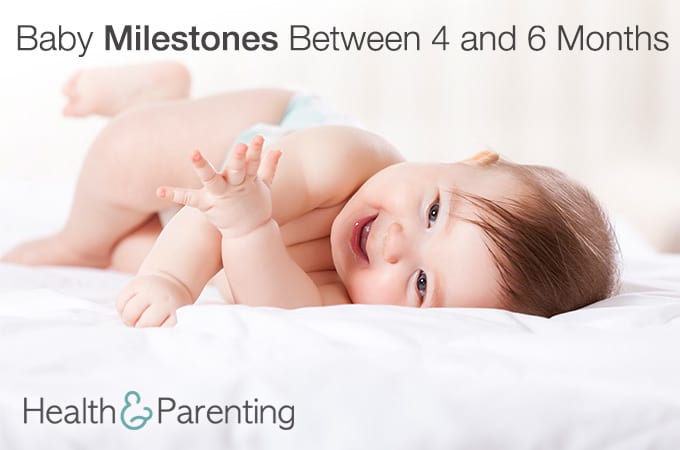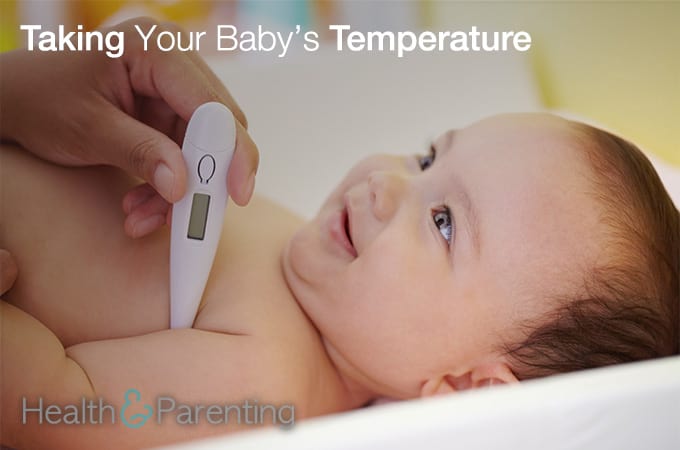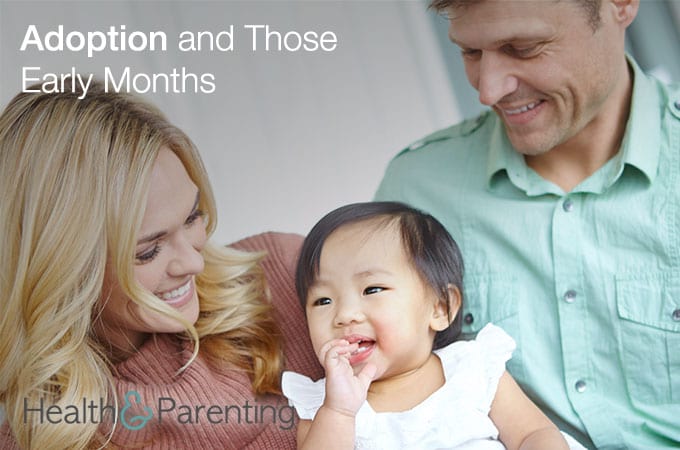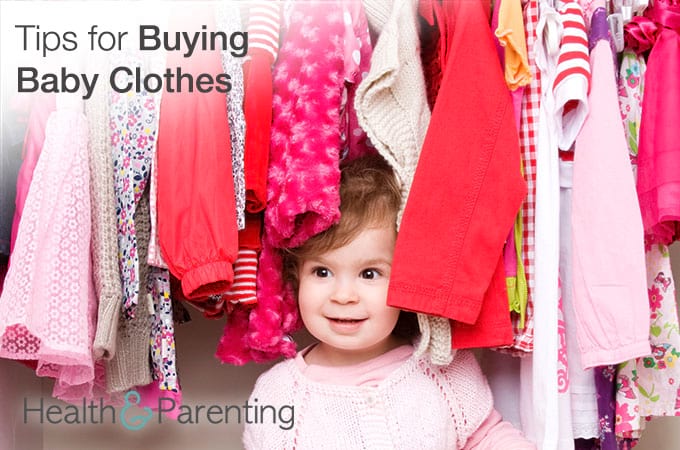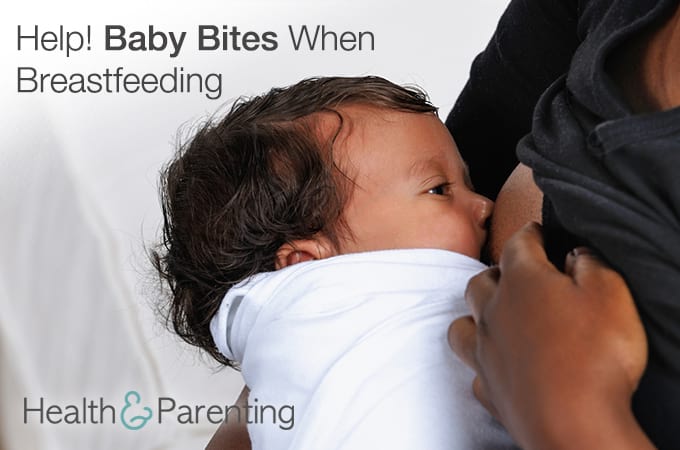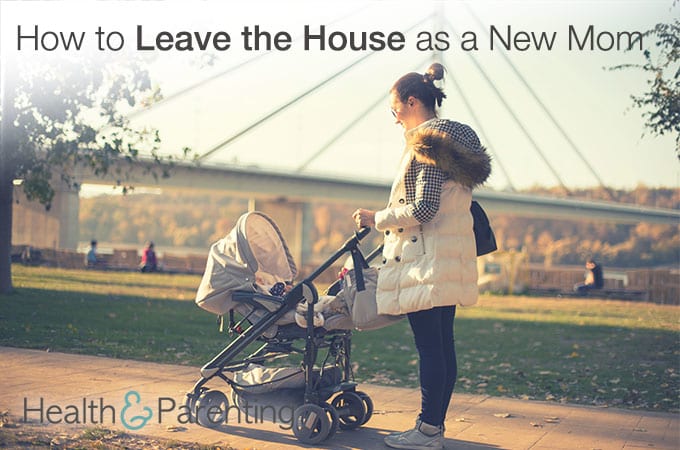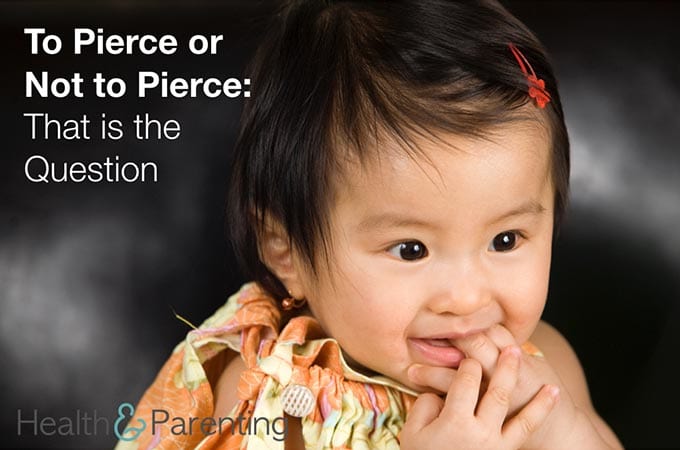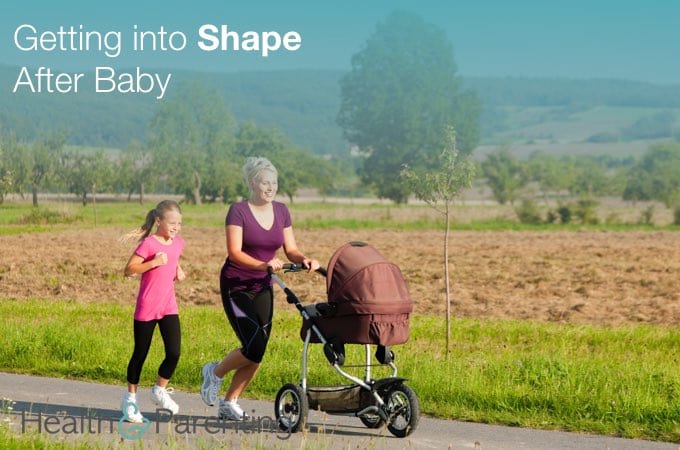One of the most exciting things about new parenthood is watching your baby grow and change. Seeing those daily developments, and being able to witness your baby’s ever-growing skillset can produce so many celebratory firsts at this age. And you are enjoying every second of it; even as you mourn just how fast it is all going by.
But a lot of the times, parents also wonder how their baby’s development stacks up against other little ones. It’s easy to do. You have friends with babies around the same age, or you spend some time observing the other little ones at your child’s daycare, and you start to notice that there are some differences in skills—likely some areas where your baby seems to be ahead, and others where he or she may seem to not have caught up just yet.
This comparing can leave you wondering where your baby should be, but one thing to keep in mind at this age is that many of the standard milestones have a pretty wide range for “normal,” and even if your baby seems to fall at the end of that range, there is likely nothing at all to worry about.
Still, what milestones should you expect to see in the coming months?
Well for starters, by 4 months old, your baby should have come near to doubling his or her birth weight. If that weight gain hasn’t occurred just yet, your pediatrician is probably monitoring the situation and working with you to ensure your little one is getting the nutrition he or she needs.
You’ve also probably noticed that your baby is using his or her hands more often these days, picking up and moving toys, shaking rattles, and grabbing at just about anything within reach—including your hair! Around this age, babies put plenty of those items straight into their mouths, so it’s important to keep anything too small or dangerous out of reach.
By this 4th month, your baby should have good head control when being held and when doing tummy time. He or she should also be kicking and pushing with their feet. And in the next few months, if it hasn’t happened yet, they will start rolling from tummy to back and back to tummy.
One of the best milestones around this age is sleep. Hopefully by now, your little one is sleeping for stretches of seven to eight hours at night. If you aren’t yet enjoying those restful periods, you should be soon. And your baby should be sleeping for 14 to 16 hours a day total, with their two daytime naps included.
Over the next few months, your baby will begin responding to his or her name, searching for and finding partially hidden objects, and sitting up with support, and eventually on his or her own!
If you ever have any concerns about where your baby is on milestone development, you can always consult with your pediatrician. But don’t get too caught up in comparing your baby to others around the same age. These milestones will all come fast and furious before you know it!
Written by Leah Campbell, infertility advocate, adoptive mama, writer and editor. Find me @sifinalaska on Twitter.
This information is not intended to replace the advice of a trained medical doctor. Health & Parenting Ltd disclaims any liability for the decisions you make based on this information, which is provided to you on a general informational basis only and not as a substitute for personalized medical advice. All contents copyright Health & Parenting Ltd 2016. All rights reserved.

